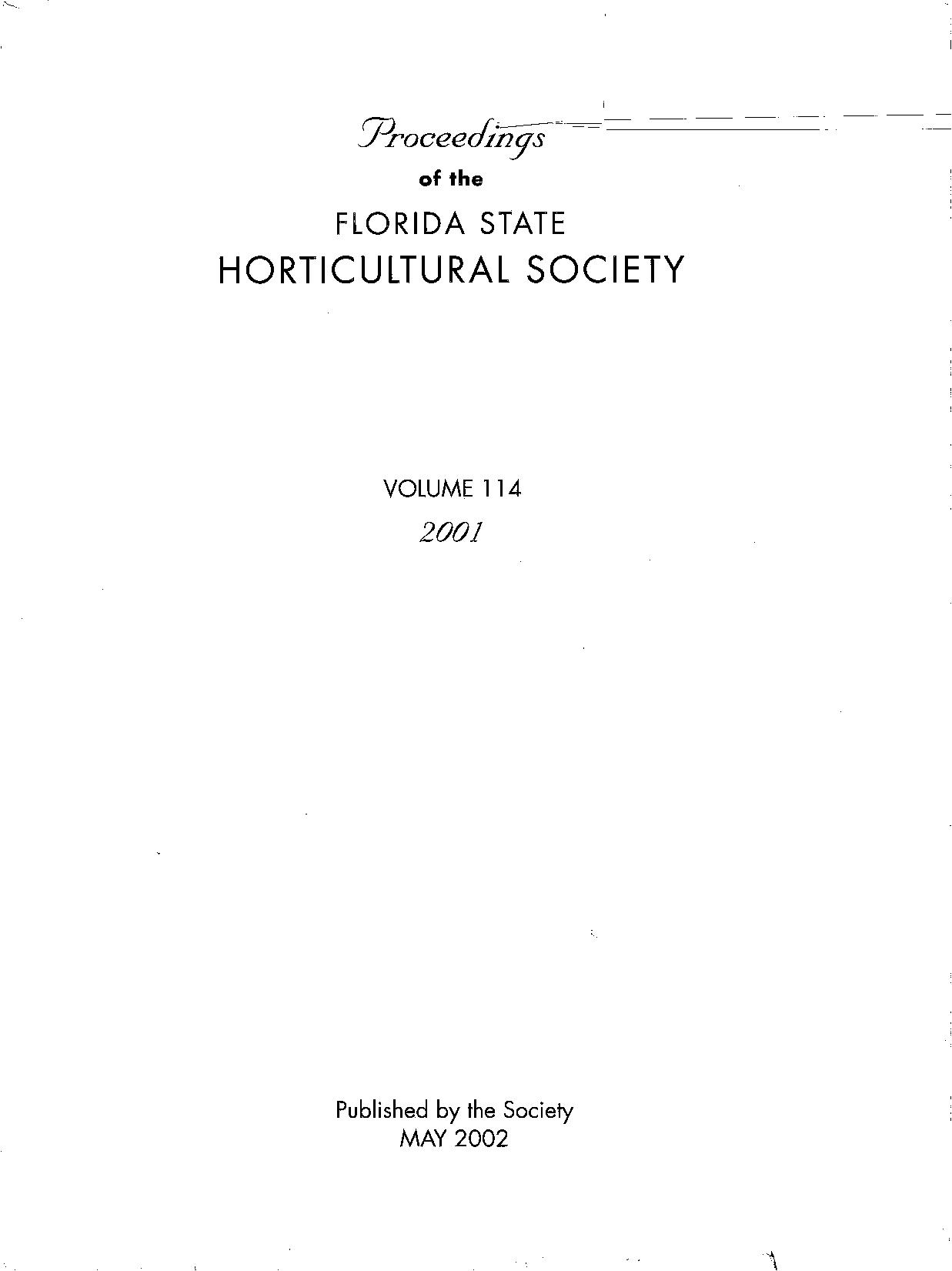Abstract
If all biodegradable waste materials in Florida were composted, about 12 million metric tons (Mt) of compost would be produced annually. If this compost were used as an agricultural soil amendment, knowledge of its N mineralization rate would be important in determining the application rate. The field N mineralization rate of four commercial Florida composts was measured. Compost sources and rates (dry weight basis) were Jacksonville yard trimmings (127 Mt ha1), Sumter municipal solid waste (67Mt ha-1), and Nocatee and Palm Beach yard trimmings + biosolids combination (63 and 56 Mt ha -1, respectively). The control treatment was non-amended soil. Open-top, 20-cm long PVC columns were filled with soil/compost mixtures and fitted at the bottom with a trap containing cation and anion exchange resin to capture leaching NO3-N and NH4-N. The columns were buried in the soil at ground level and incubated in situ for 45, 90, and 180 days. The resin was extracted with 1 N KCI and the mass of NO3-N and NH4-N adsorbed was determined. A similar procedure measured the NO3-N and NH4-N remaining in the soil/compost mixture. After 90 days, net N immobilization was observed with Nocatee (-4.3%), Sumter (-3.0%), and Jacksonville (-1.3%) composts, while N mineralized (6.4%) from Palm Beach compost. Nitrogen immobilization occurred where compost had initial C:N greater than 20:1 and N concentration less than 1.6%. Mineralization occurred where compost had C:N ratio lower than 20:1 and N concentration greater than 1.6%.

